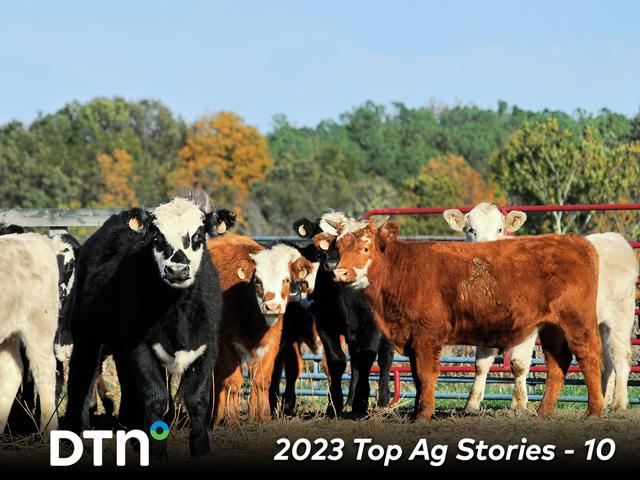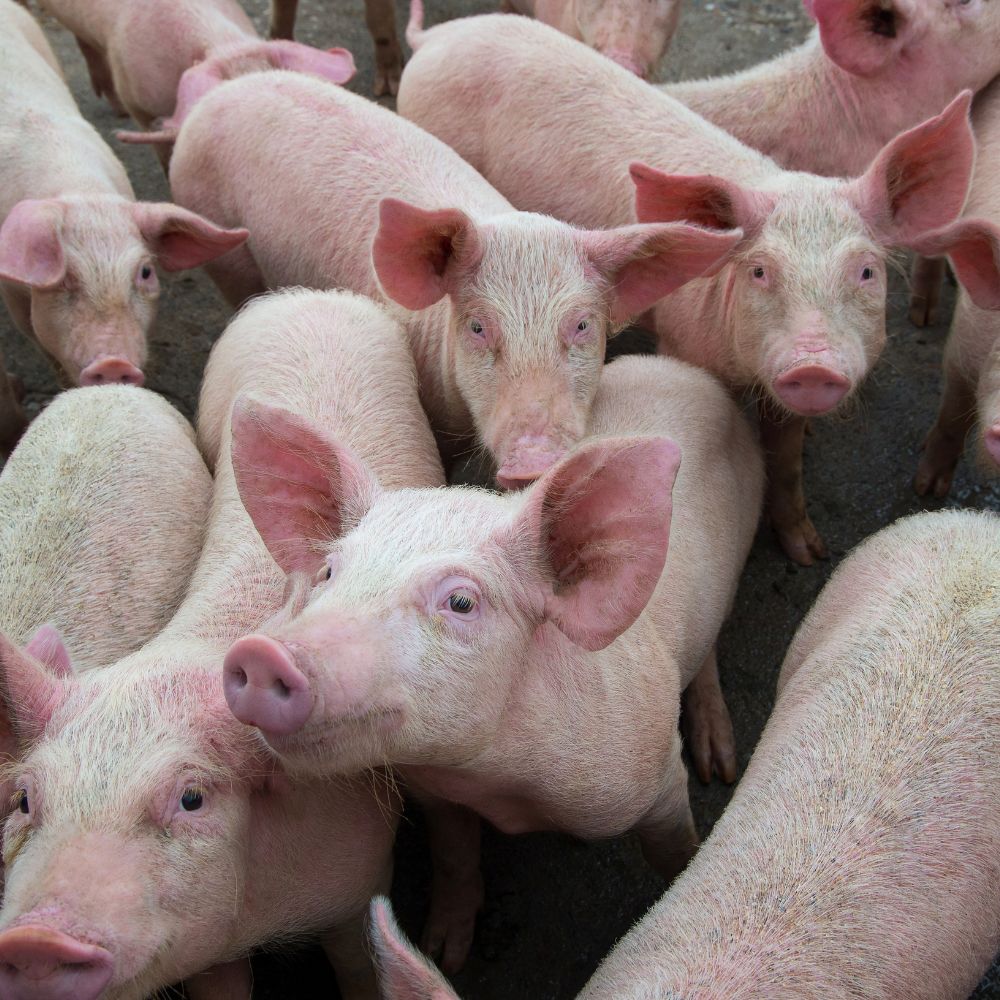Navigating Company Risks with Bagley Risk Management
Navigating Company Risks with Bagley Risk Management
Blog Article
Comprehending Animals Danger Protection (LRP) Insurance Policy: A Comprehensive Overview
Browsing the world of animals danger defense (LRP) insurance can be a complicated undertaking for several in the agricultural industry. From exactly how LRP insurance coverage operates to the various protection choices offered, there is much to reveal in this comprehensive guide that might possibly form the method animals manufacturers come close to risk management in their services.

Just How LRP Insurance Policy Functions
Sometimes, comprehending the auto mechanics of Animals Danger Protection (LRP) insurance coverage can be complicated, yet breaking down just how it works can provide clearness for farmers and ranchers. LRP insurance coverage is a risk monitoring tool created to safeguard animals producers against unforeseen price decreases. The policy permits producers to establish a coverage degree based upon their certain requirements, choosing the variety of head, weight range, and insurance coverage price. As soon as the policy is in location, if market rates fall listed below the coverage cost, manufacturers can file a case for the difference. It's vital to note that LRP insurance is not a revenue assurance; instead, it focuses only on price threat protection. The protection duration typically varies from 13 to 52 weeks, offering adaptability for producers to select a duration that aligns with their production cycle. By making use of LRP insurance coverage, farmers and herdsmans can alleviate the economic dangers associated with varying market value, ensuring greater stability in their operations.
Eligibility and Coverage Options

When it pertains to insurance coverage options, LRP insurance policy provides manufacturers the versatility to pick the protection degree, insurance coverage duration, and endorsements that ideal fit their danger management requirements. Insurance coverage levels typically range from 70% to 100% of the anticipated ending value of the insured livestock. Manufacturers can additionally select protection durations that straighten with their manufacturing cycle, whether they are insuring feeder cattle, fed cattle, swine, or lamb. Recommendations such as rate risk security can further personalize insurance coverage to protect versus negative market variations. By comprehending the qualification criteria and coverage alternatives offered, livestock producers can make enlightened choices to manage risk successfully.
Benefits And Drawbacks of LRP Insurance Coverage
When evaluating Livestock Threat Defense (LRP) insurance coverage, it is necessary for animals producers to weigh the benefits and downsides fundamental in this risk management device.

One of the key advantages of LRP insurance is its capability to supply defense versus a decrease in animals rates. Additionally, LRP insurance provides a level of versatility, enabling manufacturers to tailor coverage degrees and plan periods to fit their details needs.
One constraint of LRP insurance policy is that it does not secure against all kinds of dangers, such as disease episodes or all-natural calamities. It is vital for producers to carefully analyze their private threat exposure and economic circumstance to determine if LRP insurance policy is the best threat administration device for their operation.
Recognizing LRP Insurance Coverage Premiums
Tips for Maximizing LRP Perks
Taking full advantage of the advantages of Livestock Risk Protection (LRP) insurance calls for strategic preparation and aggressive threat administration - Bagley Risk Management. To maximize your LRP insurance coverage, consider the following ideas:
Routinely Examine Market Conditions: Stay notified regarding market fads and rate variations in the animals industry. By keeping an eye on these variables, you can make enlightened choices about when to purchase LRP coverage to protect against prospective losses.
Set Realistic Protection Degrees: When picking visit this web-site insurance coverage degrees, consider your manufacturing prices, market price of livestock, and potential dangers - Bagley Risk Management. Establishing realistic coverage degrees guarantees that you are appropriately protected without paying too much for unneeded insurance policy
Expand Your Insurance Coverage: As opposed to depending entirely on LRP insurance, consider diversifying your risk management techniques. Integrating LRP with other danger management devices such as futures agreements or choices can provide thorough insurance coverage versus market uncertainties.
Evaluation and Adjust Insurance Coverage Routinely: As market problems alter, regularly review your LRP protection to ensure it straightens with your present danger direct exposure. Changing coverage degrees and timing of purchases can aid enhance your risk security technique. By following these pointers, you can take full advantage of the benefits of LRP insurance policy and secure your livestock procedure against unforeseen threats.
Final Thought
To conclude, livestock threat security (LRP) insurance is a valuable tool for farmers to handle the financial dangers connected with their livestock procedures. By recognizing just how LRP functions, qualification and insurance coverage alternatives, as well as the pros and cons of this insurance coverage, farmers can make educated decisions to shield their livelihoods. By very carefully taking into consideration LRP costs and applying techniques to make the most of advantages, farmers can minimize potential losses and special info ensure the sustainability of their operations.
Animals manufacturers interested in getting Animals Danger Protection (LRP) insurance policy can discover a range of eligibility requirements and insurance coverage alternatives customized to their details livestock operations.When it comes to coverage options, LRP insurance provides producers the versatility to select the protection degree, insurance coverage duration, and recommendations that ideal match their danger administration requirements.To comprehend the ins and outs of Animals Danger Security (LRP) insurance coverage fully, understanding the variables influencing LRP insurance coverage costs is vital. LRP insurance policy costs are figured out by different aspects, consisting of the coverage level chosen, the anticipated rate of animals at the end of the coverage period, the kind of livestock being guaranteed, and the length of the coverage duration.Testimonial and Change Coverage Routinely: As market problems alter, periodically review your LRP protection to guarantee it see page lines up with your current threat direct exposure.
Report this page